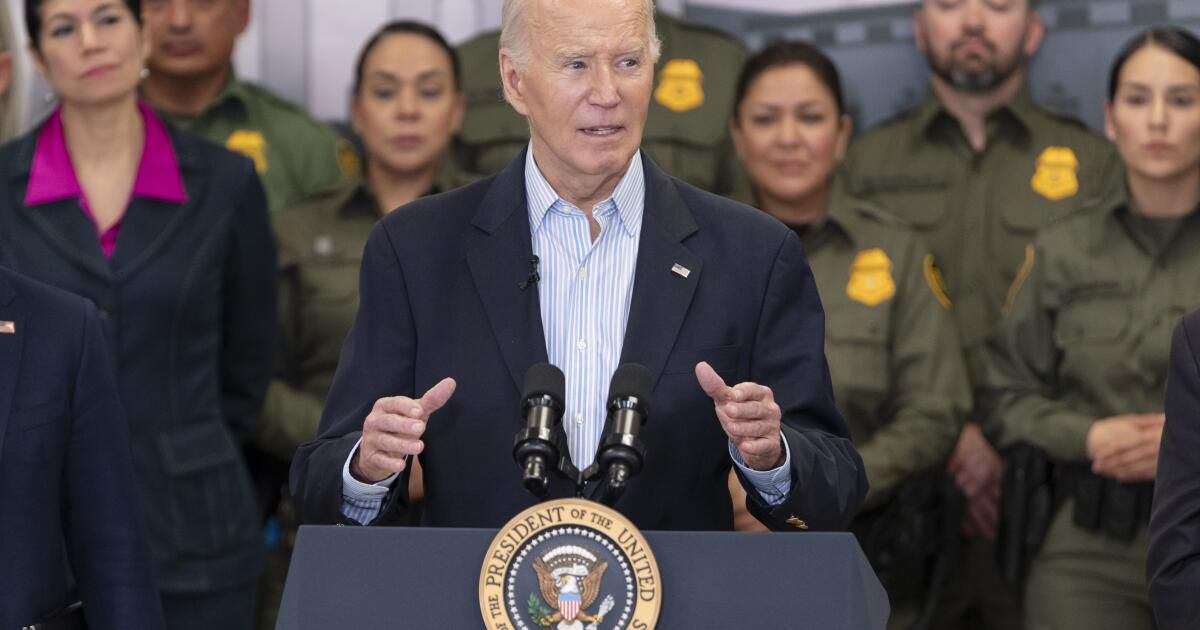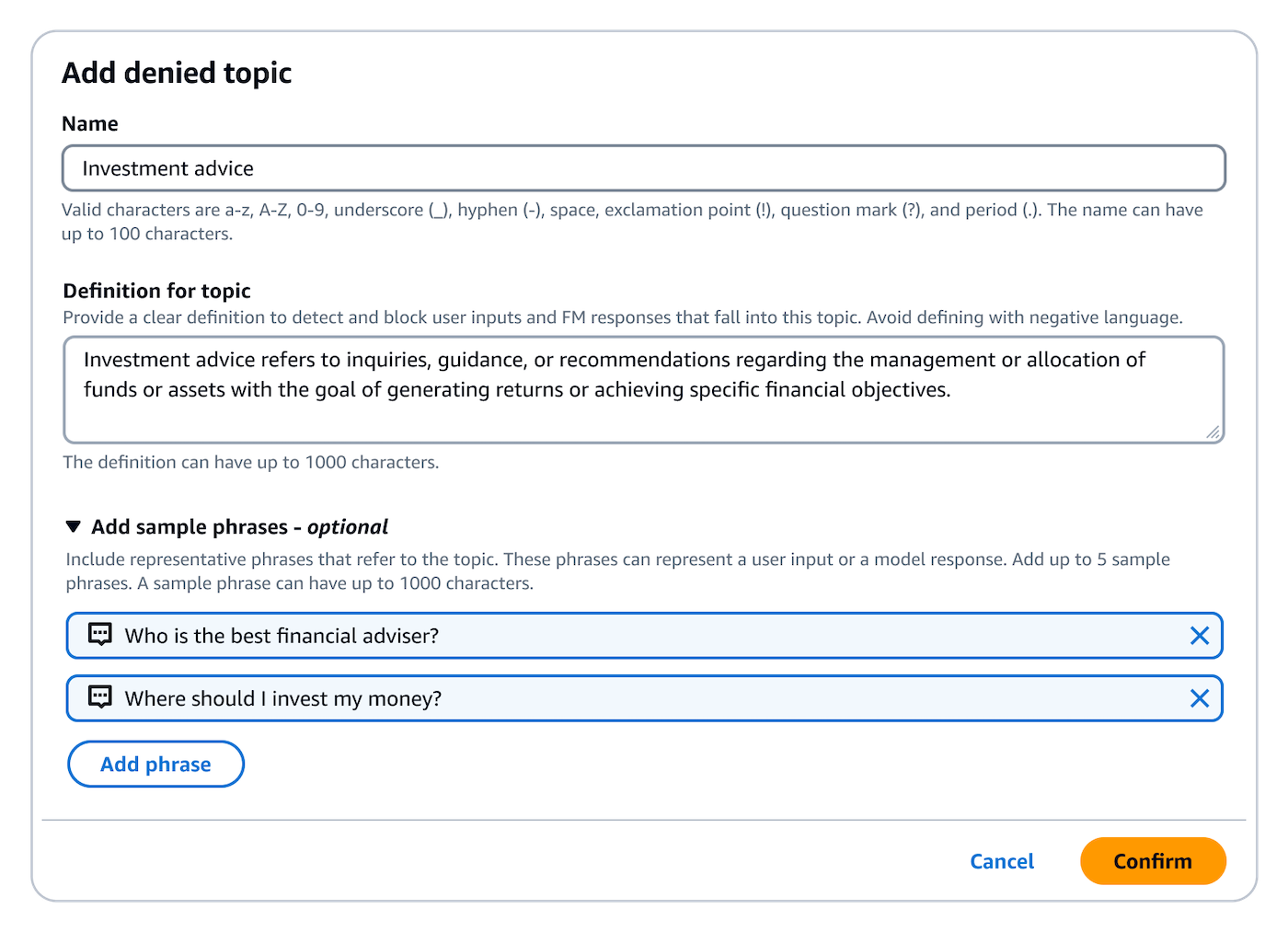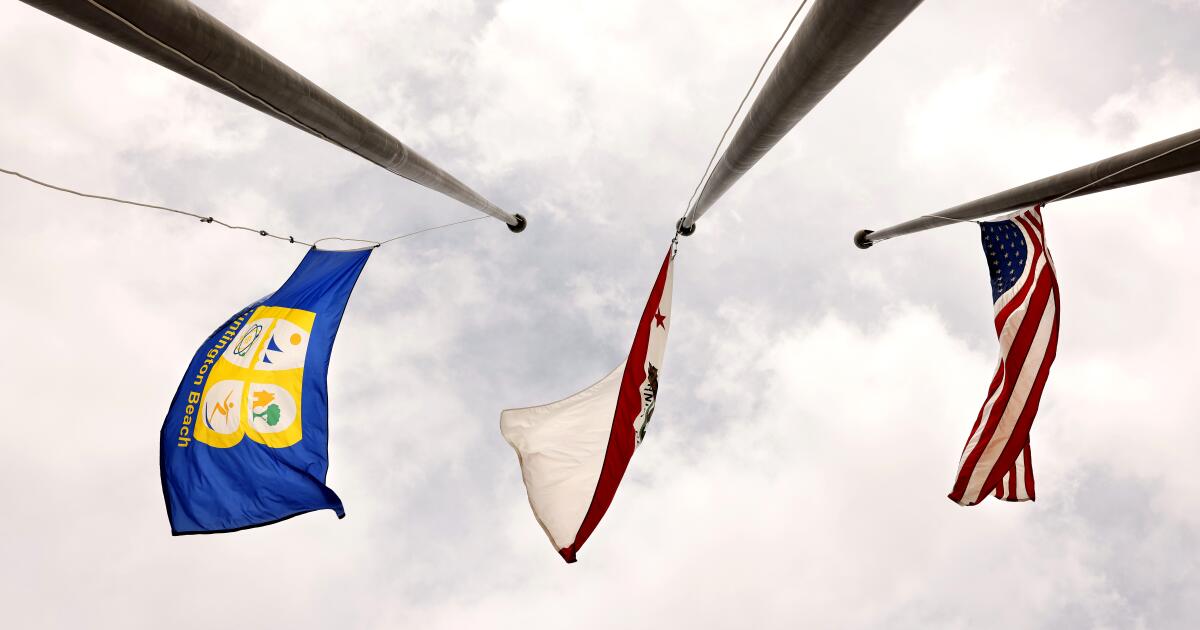When President Biden and former President Trump visited Texas in late February, each spoke about immigration and border security. Biden called for restricting asylum. Trump dedicated himself to instilling fear and blaming immigrants for crime. But none mentioned one of the main reasons the border has attracted so many immigrants and asylum seekers: the flow of weapons from the United States to Mexico.
This link between our guns and people seeking safety at the border is particularly clear in Texas. Gov. Greg Abbott's hardline approach to preventing migrants from crossing completely ignores the state's role as a primary source of weapons for criminal groups and violence in Mexico, which is a result of its lax gun regulations. It is not surprising that Mexicans are the largest national group among the hundreds of thousands who attempt to cross the southern border of the United States each year.
Since I started volunteering in 2015 at a Migrant Assistance Clinic in Nogales, Mexico, I have met the men, women and children who make up these statistics. Various presidents and Congresses have issued a hodgepodge of policies aimed at solving the perpetual crisis at the border, but the reasons why people try to escape Mexico and the difficulties they encounter on their journeys have not changed significantly.
At the clinic, mothers and fathers told us why they had to flee. Someone's brother was murdered. Someone's cousin was kidnapped. Someone else would no longer be able to pay the extortion fees. These migrants were fleeing insecurity rather than poverty, although the two often overlapped. Criminal violence is a problem throughout Mexico. In 2023, more than 110,000 Mexicans were officially listed as missing. Nearly 90% of all crimes are never reported. and 9 of every 10 homicides go unpunished. In some parts of the country, law enforcement works with organized crime groups. The families I met did not have the option of going to the police. They packed what they could carry, hoping to find safety once they crossed the border.
It is not just people who are affected by weapons proliferation. Criminal organizations that force families to flee often also run drug trafficking in Mexico. When fentanyl is smuggled across the border, typically through ports of entry and often by US citizens, wreaks havoc on our communities. But drugs wouldn't come north in such large quantities if it weren't for our guns flowing south.
One of the reasons American guns play such a large role in Mexican crime is that, unlike the United States, Mexico has very strict gun laws. There are only two gun stores in the country. where vetted citizens can purchase a limited number of relatively small caliber weapons. But in Texas and Arizona, states that share the longest border with Mexico, there are more than 7,000 federally licensed gun dealers and pawn shops. And although the majority of weapons recovered at crime scenes throughout Mexico They are traced to stores in these two states, some come from as far away as Arkansas, Florida and Massachusetts. It is estimated that between 200,000 and more than half a million firearms Purchased at gun stores, at gun shows or through private sales in the United States are trafficked south across the border.
In 2021, the Mexican government sued American weapons manufacturers, including Colt, Smith & Wesson and Barrett, for their “general destabilizing effect on Mexican society.” A year later, he presented another lawsuit against gun traffickers in Arizona who sold firearms that routinely ended up in the hands of organized crime groups in Mexico. Both cases are still pending in court.
The 2005 Law on Protection of Legal Trade in Arms protects American gun manufacturers and dealers from civil liability for injuries to people in the United States. But the Mexican government maintains that this exemption does not apply to Mexico. Just like American companies”They cannot dump toxic waste or other pollutants to poison Mexicans on the other side of the border,” the lawsuit insists, “they cannot send their weapons of war into the hands of the cartels, causing repeated and serious harm, and then claim immunity from liability.” The Mexican government shares responsibility for failing to protect its citizens. But their inability to uphold the rule of law is due in part to the firepower of organized crime groups, armed with American-made military-style weapons.
It is a vicious cycle of violence. Without the river of firearms flowing south, the flow of drugs north would slow. Without the threat of gun violence, many families would not risk their lives trying to reach and cross the border, seeking safety for themselves and their children. The exodus of people from Mexico and other countries in the region and the injuries we treat at the clinic are largely the result of the United States' refusal to control the arms industry, allowing it to hurt communities on both sides of the aisle. wall and perpetuate the never-ending border crisis.
Ieva Jusionyte is an associate professor of international security and anthropology at the Watson Institute for International and Public Affairs at Brown University. Her new book is “Exit wounds: How American weapons fuel violence across the border.”












